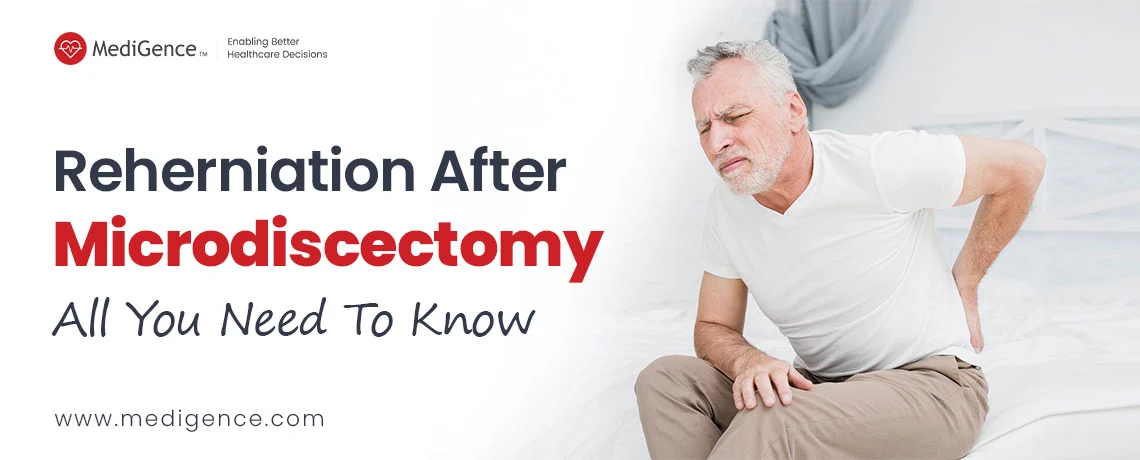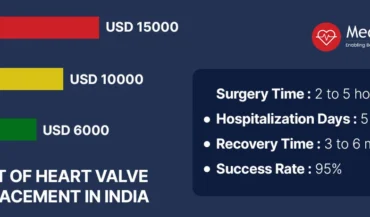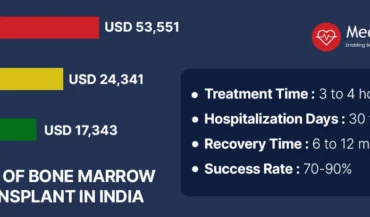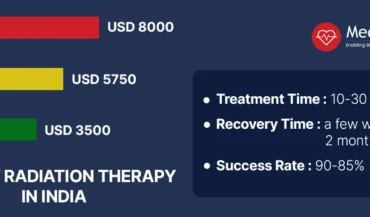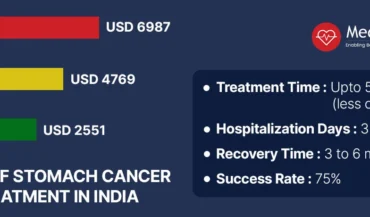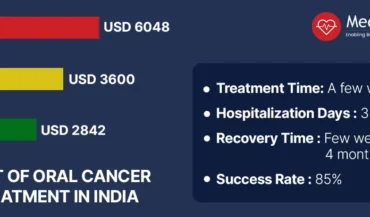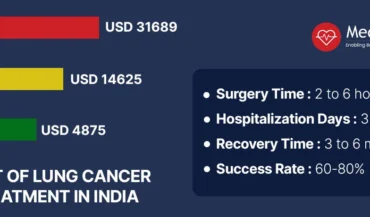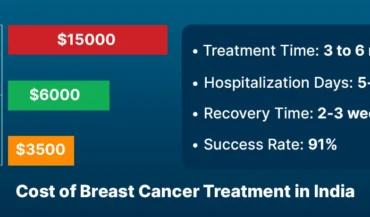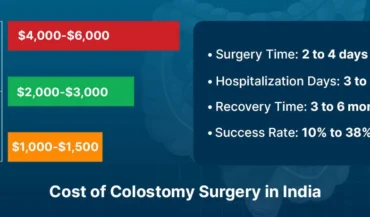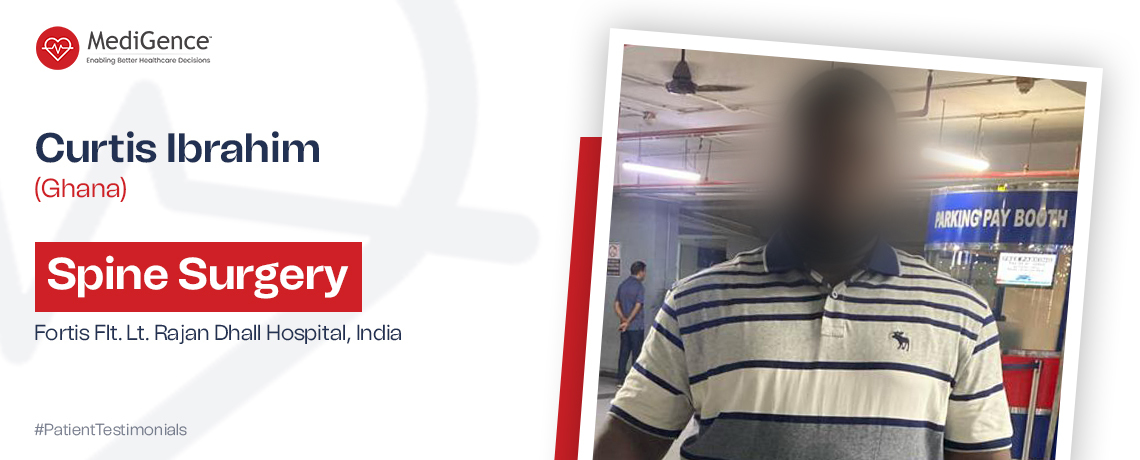Our spine is the backbone of our body that is composed of vertebrae. The intervertebral discs are the shock absorbers and act as cushions between the vertebrae. This allows our back to be strong and flexible. Issues with them such as disc herniation and degeneration can lead to several problems like leg pain. Usually, a surgical procedure called microdiscectomy is performed by a spine surgeon to remove the entire or part of a herniated disc.
However, no surgery is free from risks. Reherniation is a common complication found in about 7-18% of patients who underwent microdiscectomy.
Here are a few things that you should know about reherniation after a microdiscectomy.
What Are The Risk Factors For Reherniation After Microdiscectomy?
Usually, the type of herniation you had and the type of surgical technique used could lead to reherniation after your microdiscectomy. If reherniation occurs, then you may need another surgery which generally tends to be less successful than the previous one. Some of the possible causes that could lead to reherniation after microdiscectomy are:
1. Obesity

A high body mass index usually means that the risk for reherniation is higher. According to a study conducted involving 226 patients having different weights, the risk for another surgery because of reherniation was about 25 percent for patients who were morbidly obese.
2. Poor lifestyle choices

Patients who had a sedentary lifestyle were more likely to have poor results from their microdiscectomy. There is a higher chance of reherniation after microdiscectomy if you remain physically inactive after the surgery for a long time as this can cause the muscles to stiffen. Additionally, smoking has also been associated with increased risks of reherniation. It can interfere with your recovery after a microdiscectomy.
3. Diabetes

Studies have shown that diabetic patients have a higher risk of reherniation after microdiscectomy as compared to others.
4. Amount of Disc Material Removed
A restricted or more aggressive discectomy may be carried out by your spine surgeon. In an aggressive discectomy, the surgeon removes both materials outside of the disc and inside of it. Instead of accessing the disc space to remove more material, a restricted discectomy merely removes any free disc fragments that are outside the disc. The risk of reherniation is higher in the case of limited discectomy. Having said that, a severe discectomy might deflate the disc, leading to gradual disc collapse which eventually results in stiffness, discomfort, and instability. Your doctor will decide the best surgical approach based on your condition.
Signs Of Reherniation After Microdiscectomy
A reherniation after microdiscectomy can occur after a few weeks to about 2 years after having the surgery. Due to this, you may experience the original symptoms of disc herniation. Some of the signs of reherniation after microdiscectomy that you shouldn’t miss are:
- Back pain where surgery was performed
- Pain radiates from the buttock or back to your foot or leg
- Back pain that continues to occur whether you move or not
- You may also experience weakness in your legs along with decreased reflexes in your ankle or knee
- Tingling or numbness in your foot or legs
- Issues with bladder or bowel control
If reherniation occurs after your microdiscectomy, then it is possible that you may experience pain in another location in your body.
How Is Reherniation Treated?
After a microdiscectomy or another spinal procedure, if a disc herniates once more, revision surgery is often the best course of action. A spinal fusion can be the best choice if there are many herniations present to stop additional occurrences. The discs are entirely removed during a fusion procedure, and the vertebrae are then joined together. This is a foolproof method to stop reherniation.
After your microdiscectomy surgery, get in touch with your neurosurgeon if you encounter any of the signs of a re-herniated disc. Your doctor can assess the amount of the herniation and discuss your treatment options with you.
How Can Reherniation After Microdiscectomy Be Prevented?
Although the risk of reherniation is common after a microdiscectomy, this should not stop you from undergoing the procedure for relieving your pain. In addition to controlling some of the risk factors for reherniation, you can also follow some steps to prevent its occurrence. Here are some of the steps for preventing reherniation after microdiscectomy:
1. Lift properly
After the microdiscectomy, you can ask your loved ones to help you with lifting heavy stuff. However, if you do have to lift objects, you should keep your back straight. Maintaining a good posture is important to prevent the reoccurrence of back pain. You should also use the support of your knees instead of your back to lift objects.
2. Maintain a good posture
You should maintain a good posture while sitting, standing, sleeping, and walking. Having a good posture keeps your joints and bones aligned. This can protect you from conditions such as disc herniation. To have a good posture, you should always stand up straight and sit with your feet flat on the floor or slightly raised, and sleep on your back or side and not on your stomach.
3. Make good lifestyle choices
To ensure that you have a successful microdiscectomy, you should avoid smoking and maintain a healthy weight. Doing so will not only help with your recovery but can be beneficial for your health in general. Being overweight or obese increases the risk of herniation because increased weight puts stress on the lumbar discs of the spine. Additionally, smoking can compromise the flow of oxygen and blood to the lumbar discs. This can lead to faster degeneration.
4. Engage in physical activity
By being physically active, you can strengthen your back muscles. However, activities such as jogging should be avoided. Instead, you can participate in swimming or walking.
5. Stretch at your work
Stretching frequently, especially when you have been sitting at your desk for a long time can relieve some of the tension in your muscles. You can even partake in programs such as pilates and yoga as this can help in relaxing your muscles and keeping the lumbar spine as healthy as possible.
Improving The Odds With MediGence
To ensure that you have a successful microdiscectomy, MediGence connects you with renowned spine surgeons for your surgery. We offer customized pre-bundled packages for microdiscectomy at your preferred destination. These are inclusive of additional benefits and features such as free telemedicine consultation, medical vouchers, city tours for 2 people, and priority appointments, especially designed so that you get the best microdiscectomy without any hassle. Our pool of expert Spine surgeons and internationally accredited hospitals ensure that you receive the best care while also reducing the possibility of complications.
Avail Microdiscectomy Treatment Across the World
Conclusion
Though the possibility of reherniation does exist after microdiscectomy, you can still play your part in reducing its occurrence. By maintaining your posture and having a healthy lifestyle, the risk could be mitigated. Additionally, you should also ensure that you are receiving treatment from the best spine surgeons at a well-equipped hospital.
Reference Links:






 Dec 16, 2022
Dec 16, 2022 